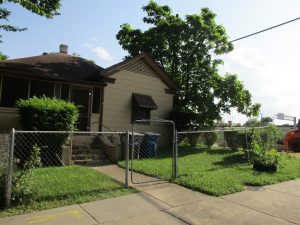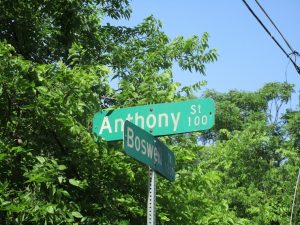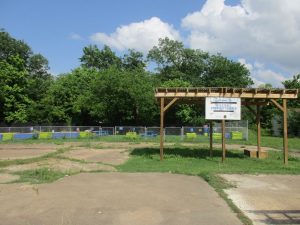
By Jennifer Rangel, NDG Guest Contributor
As the City of Dallas celebrates Juneteenth, a day commemorating the emancipation of enslaved Africans, Dallas has a gem to capture the spirit of the holiday on a daily basis.
“In Tenth Street we have the opportunity to create an immersive experience detailing the life and times of emancipated slaves,” stated recently during a City Council’s open microphone speakers segment, Places such as Tenth Street are a testimony of the African American experience and is part of our national history.
Therefore, as part of our nation’s history and because we are talking about a neighborhood where people currently live, the freedman town must be preserved and it begins by the City amending or repealing a city ordinance.
Dallas made headlines when the National Trust for Historic Preservation released their list of America’s 11 Most Endangered Historic Places for 2019. On the list was not a standalone structure, but an entire neighborhood, the Tenth Street Historic District, given the continuous demolitions. As noted in a recent article, the council member representing Tenth Street submitted a proposed resolution aimed to stop the City from spending time and money demolishing structures in the neighborhood. We are in for “a long, likely very difficult conversation” at the horseshoe with the newly elected City Council. That conversation should focus on methods to preserve the historic district.
The Tenth Street Historic District, just south of downtown Dallas and across the Trinity River, is part of the Original Oak Cliff neighborhood and one of the first residents in Oak Cliff were enslaved Africans. The District represents an area where freedmen and women and their descendants lived and planted their roots. Although the presence of segregation at the time, Tenth Street became a thriving self-sustaining African American community.

Today the District’s man-made western boundary is Interstate Highway 35, which at the time of its construction led to demolitions in order to place the highway. Unfortunately, decades later, demolitions remain a challenge in the neighborhood.
In addition to being in the National Register of Historic Places and having a historical marker from the Texas Historical Commission, the neighborhood is a local Dallas landmark district with a historic overlay meant to protect places with historic value such as Tenth Street. Unfortunately, a current City ordinance allows for certificates of demolition to easily be acquired for residential structures with no more than 3,000 square feet of floor area in historic districts.
If we recognize the efforts of those who established the Freedman town, a historic district, we understand that the homes they built were generally less than 3,000 square feet. Additionally, how is a residential structure greater than 3,000 square feet in a historic district less of an urban nuisance? Overall the historic architecture in the neighborhood is vital to the integrity of the freedman town and should be preserved and emulated when structures are repaired or when new construction is built.
A segment of the standard of approval for a certificate of demolition is to alleviate a “nuisance” in a “timely manner.” During instances of absentee owners with unkempt properties in historic districts, there is a demolition by neglect City Code meant to work alongside property owners to, “encourage maintenance and stabilization of the structure and identify resources available.” The provision is to prevent a structure to deteriorate because of the neglect of maintenance. Demolitions are not the sole solution to address nuisances associated with abandoned buildings because it should never reach that extreme when there are standards.

Ultimately, the direction of the City should be one that protects and sustains the historic overlay of the neighborhood which can begin by amending or repealing the 3,000 square foot ordinance to ensure homes in Tenth Street do not fall prey to a wrecking ball under the ordinance. Simultaneously, the demolition by neglect procedure could be a venue to ensure houses are not left abandoned to deteriorate and if they are, structures should be brought up to code. Lastly, proposed solutions, such as home repair funds, should be cognizant of the income levels of residents residing within the neighborhood.
As observed twice in 2018 on local lists and already once in 2019 at the national level, the Tenth Street Historic District’s continuous ranking on endangered lists are reminders that accountability is needed at the City level. In the end demolitions in Tenth Street erode our history, the neighborhood is a visual representation of the legacy of people who had a vision, which continues to echo in the neighborhood today.
If equity is a value in our City, we need to have an acute awareness of the impact of our City ordinances and one of the next steps is to amend or repeal Dallas City Ordinance 51A-4.501(i).
Jennifer Rangel is the Planning and Community Outreach Director at the Inclusive Communities Project. She is a Public Voices Fellow with The OpEd Project.




